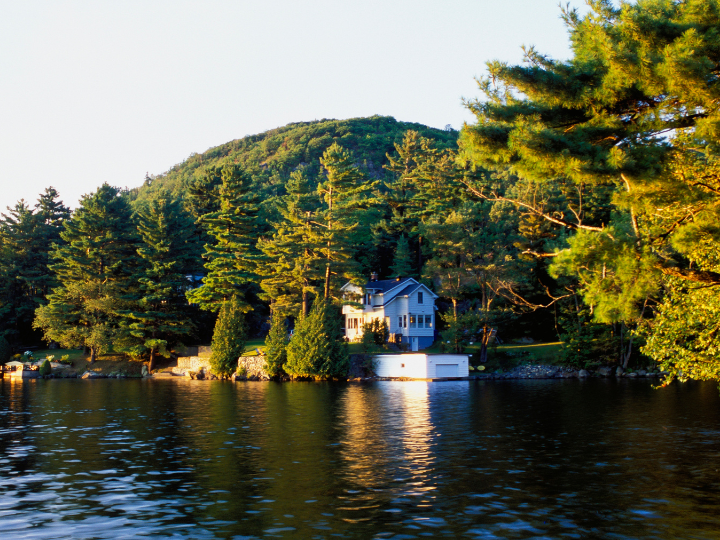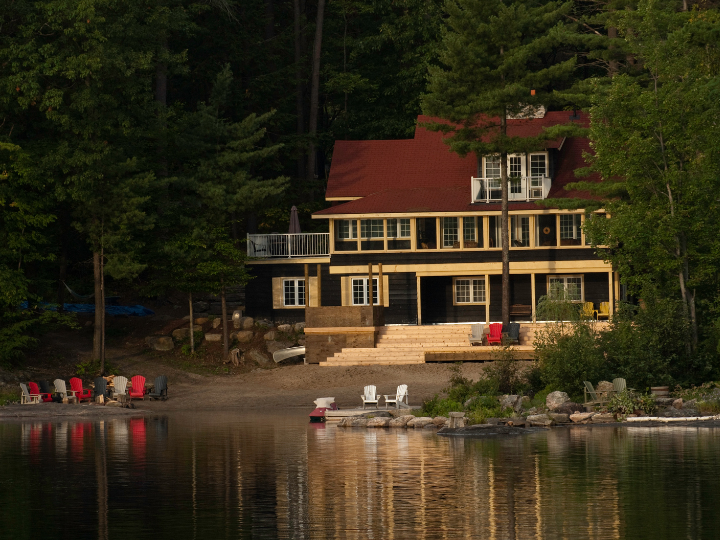The Effect of Climate Change on Home Insurance
September 19th, 2022
Climate change occurs so slowly that Canadian residents may not always notice it. However, climate change continues to be a major global topic in the news. Canadian weather experts say climate change is palpable when you know what to look for, and the climate in Canada is changing whether people realize it or not.
Moreover, climate researchers predict that climate change in Canada will persist and eventually intensify, impacting Canadian life, health, culture, the environment, industry, and the economy.
The Canadian government is committed to reducing the impact of climate change for the sake of residents and businesses. Homeowners living in coastal areas and those who live in forested areas have the most risk of being directly impacted by floods and fires. People who live in other areas may also see increases in their home insurance premiums even if they are not directly at risk of losing their homes.
Why Homeowners Should Be Concerned About the Impact of Climate Change
While climate change happens slowly, it can have big consequences. What is Canada seeing so far? The average temperatures are climbing up, rainfall patterns are changing, and sea levels are rising. Extreme weather events, such as flooding and wildfires, are increasing.
As Canada is a northernmost country, warming occurs at twice the rate as the rest of the world. These changes have not gone unnoticed by the Canadian government. The government recently appointed Catherine Stewart as the Ambassador for Climate Change. Her role is to advise the Minister of Environment and Climate Change and the Minister of Foreign Affairs on what Canada needs to do to keep Canada moving forward with its climate change priorities.
While Canada is making strides toward good adaptation practices, some gaps exist in the strategies for preparing for climate change. The forces working together include Natural Resources Canada, Environment and Climate Change Canada, Public Safety Canada and Infrastructure Canada. The groups are working on a national adaptation strategy that they hope will protect Canadians in all areas of the country, especially those living in forested areas or on the coasts.
The Canadian government is supporting the efforts of these groups by allocating $1.4 billion in the 2021 budget to be spent over 12 years on the Disaster Mitigation and Adaptation Fund.
Flooding Risks Are Increasing in Canada
Residential flooding is always a concern in the coastline areas. Canada has oceans on three sides – the Atlantic, Pacific, and the Arctic. Inland areas are also at risk of flooding, and the risks are increasing because of climate change.
How does climate change impact ocean properties? It changes the temperature of the oceans, the amount of sea ice, the sea level, the acidity of the water, and the amount of dissolved oxygen. As a result, Canada is already seeing issues such as drought, flooding, permafrost thaw, and glacier retreat. These extreme weather events are also causing damage to lakes, animals, and communities. As conditions worsen in the coastal areas, the problems will impact inland cities over time.
One of the many challenges the Canadian government faces is having outdated and incomplete flood maps. The flood maps date back to the 1970s, and many were never completed due to budget cuts. Flood maps are important to homeowners because they inform residents of the analytics of their property and their communities.
For now, the lack of data puts insurance companies at a disadvantage. They do not have the information they need to establish policies that adequately protect homeowners from flooding, and they do not have a way to rate such risks.
The data insurance companies do have pertains largely to commercial properties. Flooding in 2013 affected 23 communities in southern Alberta. Insurance companies paid out $1.7 billion in repair costs. The same year, insurance companies paid out $850 million in damages for flooding in Toronto.
Residential properties are currently not insured for flooding. Canadian homeowners should be aware as floods are likely to increase in number and severity due to climate change. In addition to this, building costs are continuing to rise. Both of these issues impact home insurance rates.
Unfortunately, Canadian home insurance companies do not provide insurance coverage for flooding. However, coverage is available for water backup that enters a home through sewers or drains. Currently, true flood insurance coverage would not be affordable for most homeowners due to the lack of underwriting data. Climate change has the potential to generate massive home insurance claims which would undoubtedly cause an increase in home insurance rates across Canada.
To help reduce the impact of flooding, the Canadian government has allocated $63.8 million over three years to complete flood maps in high-risk areas.
Well, what can Canadian residents do right now?
They should check their home insurance policies to ensure they have sewer backup coverage on their policies. Also, homeowners with basements should waterproof them. As climate change is producing unpredictable weather patterns, residents should monitor weather reports carefully and have a plan to protect their homes and families.
Wildfires Risks Are Increasing in Canada
The bountiful, breathtaking forests are part of the allure of Canada. Forests cover more land and store more carbon than forests in most other nations. Forests play a role in protecting the climate from carbon emissions and the rest of the world has its eyes on how Canada manages its forests.
Where there are heavy forests, there will be forest fires. The forests in Canada are so dense and lush in many areas that fires can spread quickly, especially during times of drought. Most wildfires in Canada ignite between April and September and spread quickly causing devastating damage to homes and properties.
The Canadian Forest Service is developing ways to adapt to climate change in heavily forested areas to preserve the forests, which in turn will aid in reducing carbon emissions. Moreover, they are sharing knowledge with policymakers to enact meaningful change.
The Canadian government has allocated $100.6 million to support wildfire preparedness in its national parks over 5 years. They are also allotting $28.7 million for map creation in northern Canada where the risk of wildfires is the greatest.
What does this mean for Canadian homeowners?
Wildfires can spread quickly, even to suburban or urban areas. Home insurance protects against the peril of fire. All homeowners must have insurance on their homes with adequate limits to repair or rebuild the home at today’s replacement costs. The same is true for owners of rental properties.
Without adequate home insurance protection, homeowners will have to pay out of pocket for fire damage that is not covered under the policy.
Final Thoughts
While the Canadian government is working diligently with climate change experts to adapt to changes in the climate, residents must do their part to protect their properties against flooding and wildfires. At Duliban Insurance, we want you to have peace of mind in knowing your home is protected against the elements no matter how the climate changes.
Call one of our home insurance experts at 855-DULIBAN today for an assessment of your home insurance needs today!
External Links
- https://natural-resources.canada.ca/climate-change/what-adaptation/10025
- https://www.canada.ca/en/environment-climate-change/news/2022/08/government-of-canada-appoints-catherine-stewart-as-canadas-ambassador-for-climate-change.html
- https://climateinstitute.ca/will-canada-benefit-from-climate-change/












